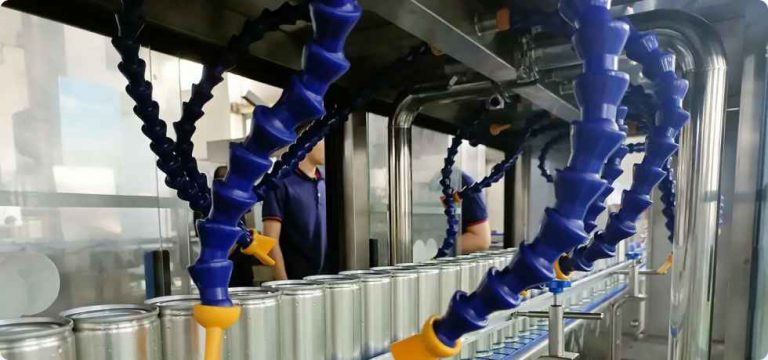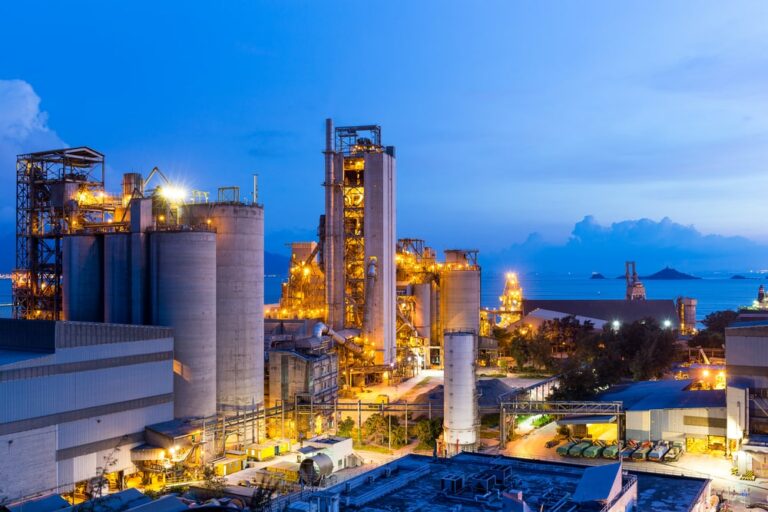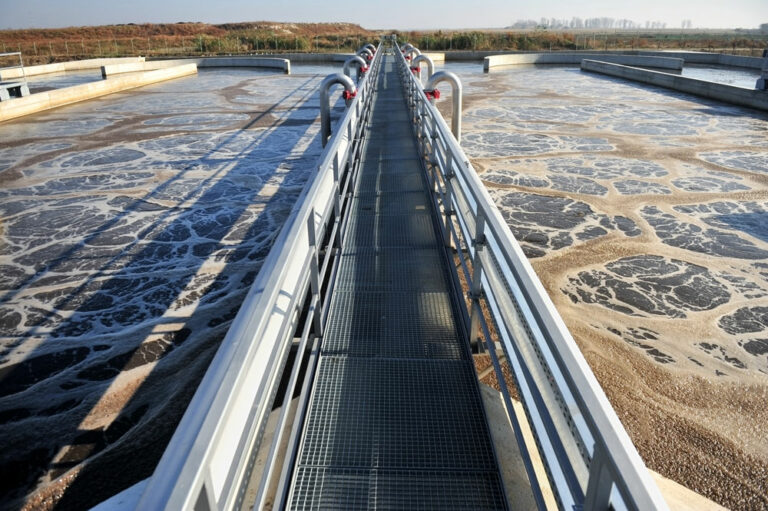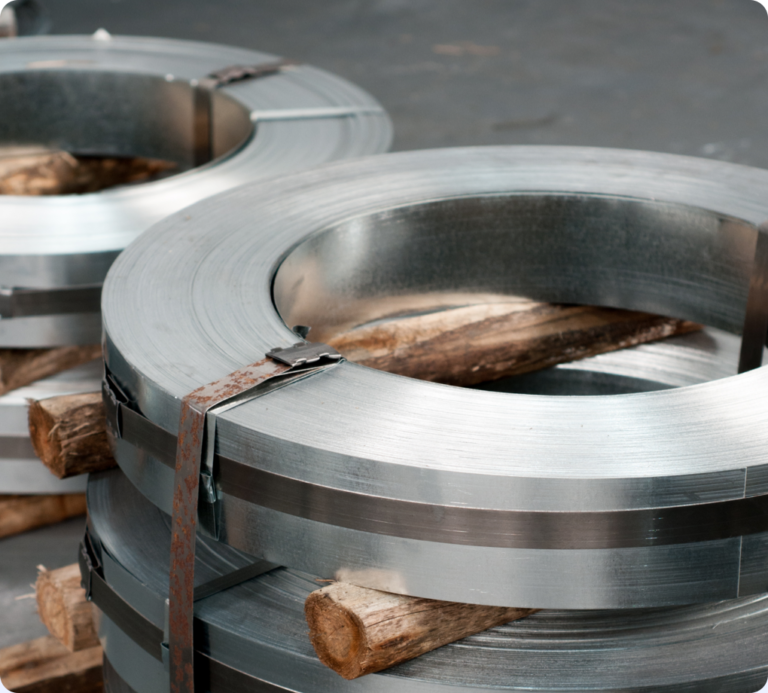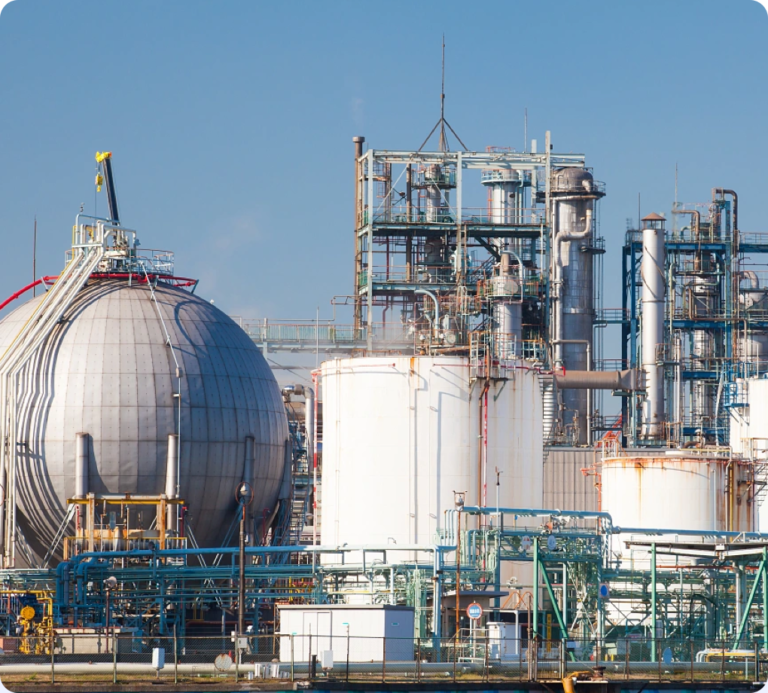RAETTS is located in Dongguan, Guangdong Province, the world’s leading manufacturing city and the hinterland of Guangdong-Hong Kong-Macao Greater Bay Area. The target markets are more than 60 countries, such as the United States, Europe, Greenland,Colombia,Tromelin Island,Isle of Man,Armenia,Slovakia,Kazakhstan, Southeast Asia and the Middle East.We have own factory named with more than 20 years of production experience, it is specialized in producing leaf blower turbo,Air Blower for Chemical and Petrochemical Industry,high speed centrifugal blower,Centrifugal Blowers for Chemical industry,positive displacement blowers for pressure conveying systems,airfoil bearing blower and so on.
If you are interested in any of our products please feel free to contact us. We are looking forward to establishing successful business relationships with new clients around the world in the near future.
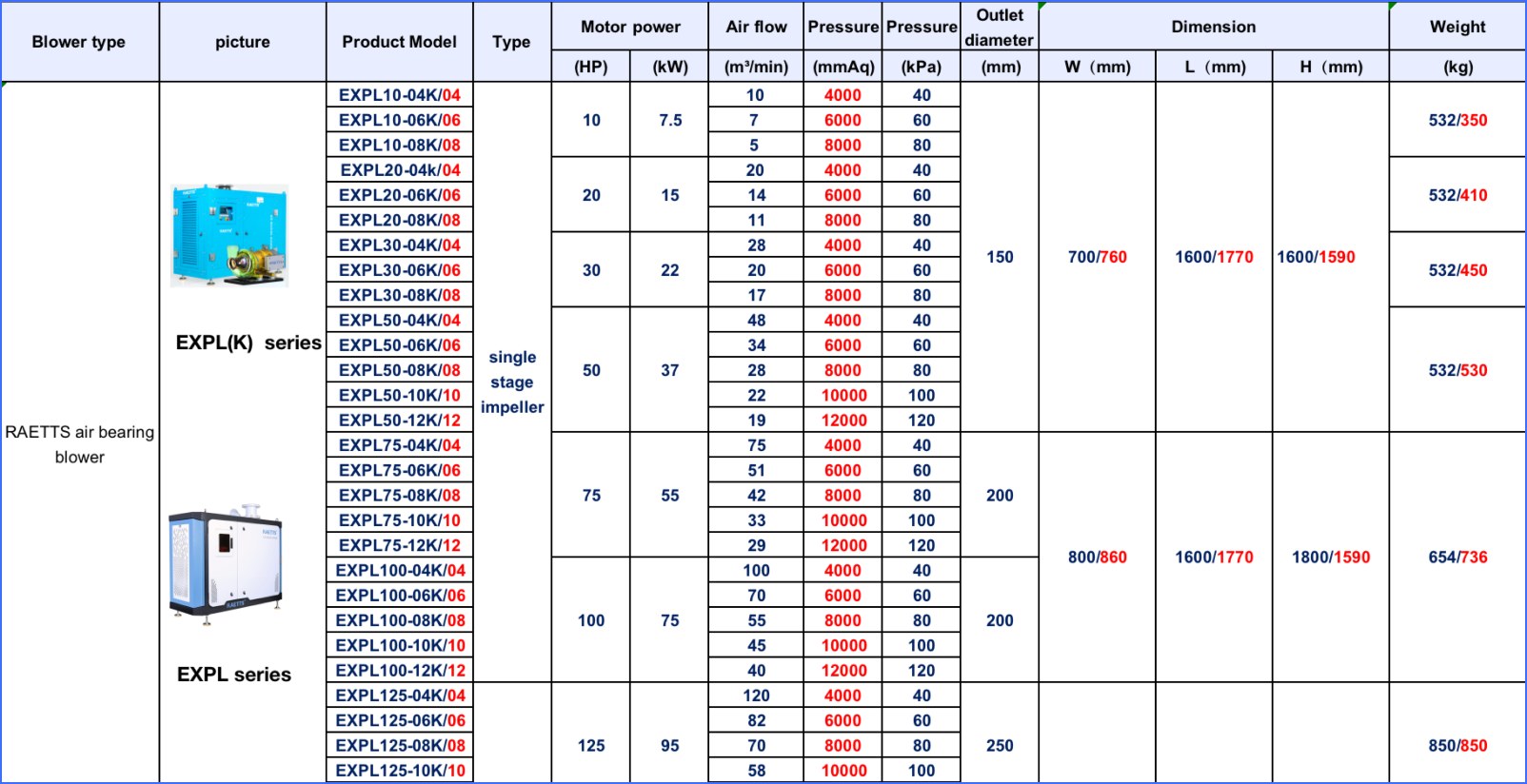
| Product name | cooling blower for steel plant |
| Keyword | leaf blower turbo,Air Blower for Chemical and Petrochemical Industry,high speed centrifugal blower,Centrifugal Blowers for Chemical industry,positive displacement blowers for pressure conveying systems,airfoil bearing blower |
| Place of Origin | China |
| Feature | RAETTS air bearing turbo blower is a brand-new concept blower, which integrates the main core technologies such as “air suspension bearing”, “permanent magnet ultra-high-speed motor”, “high-precision aviation-grade impeller”, and creates a new era of ultra-high efficiency ,low noise and low energy consumption. |
| Dimensions | 781mm*797mm*820mm, (Contact us for specific information to confirm) |
| Applicable Industries | thermal power plant, etc. |
| Weight | 301kg |
| delivery date | the common delivery time will be 30-40 days. |
| terms of paymen | RAETTS accept payment by T/T(30% advance payment,70% before shipment) |
| Life span | 19 years (Contact us for specific information to confirm) |
| After-sale service | RAETTS warranty time for air bearing blower and maglev turbo blower is 24months,for high speed centrifugal blower is 12 months. |
| Advantage | We keep good quality and competitive price to ensure our customers benefit |
| Packing | 888x817x899mm(Contact us for specific information to confirm) |
| OEM/ODM | Customization Service Provided |
| Sales country | All over the world for example:Greenland,Colombia,Tromelin Island,Isle of Man,Armenia,Slovakia,Kazakhstan |
| MOQ | 4pcs(Contact us for specific information to confirm) |
| production capacity | production capacity RAETTS production quantity for air bearing blower and maglev turbo blower is about 200pcs/month,for high speed centrifugal blower is about 700pcs/month. |
| raw materials | RAETTS air blower impeller in made of aluminum alloy,enclosure material is carbon steel,rotor material is cast iron.If customers need other special materials,we can also customized according to customers requirements |
| technology | RAETTS air bearing blower technology is originated from South Korea and maglev turbo blower technology is originated from Germany.RAETTS also have R&D team from Xi’an Jiaotong University |
| quality system | RAETTS has quality management system certificate ISO9001:2015 and enviromental management system certificate ISO14001:2015 |

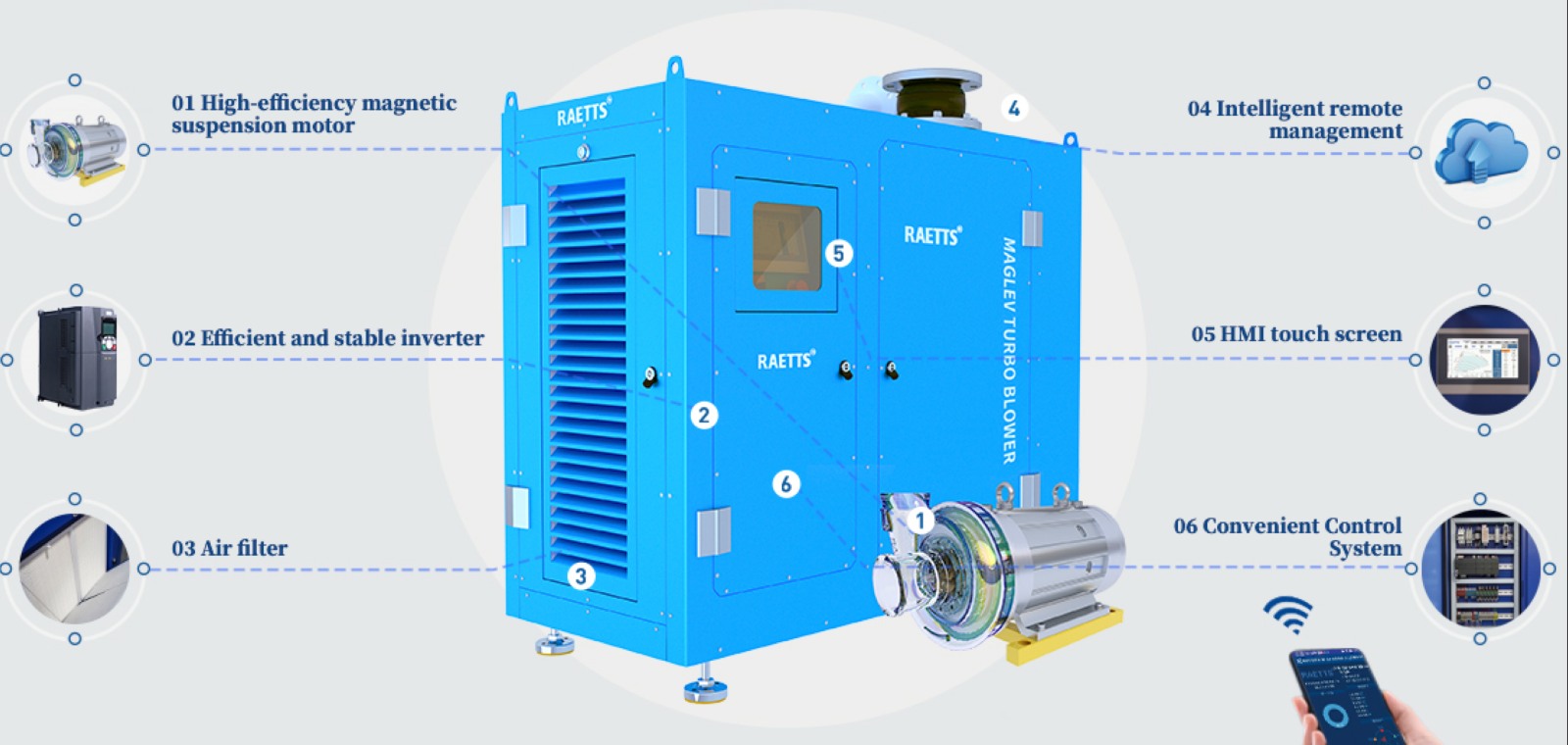
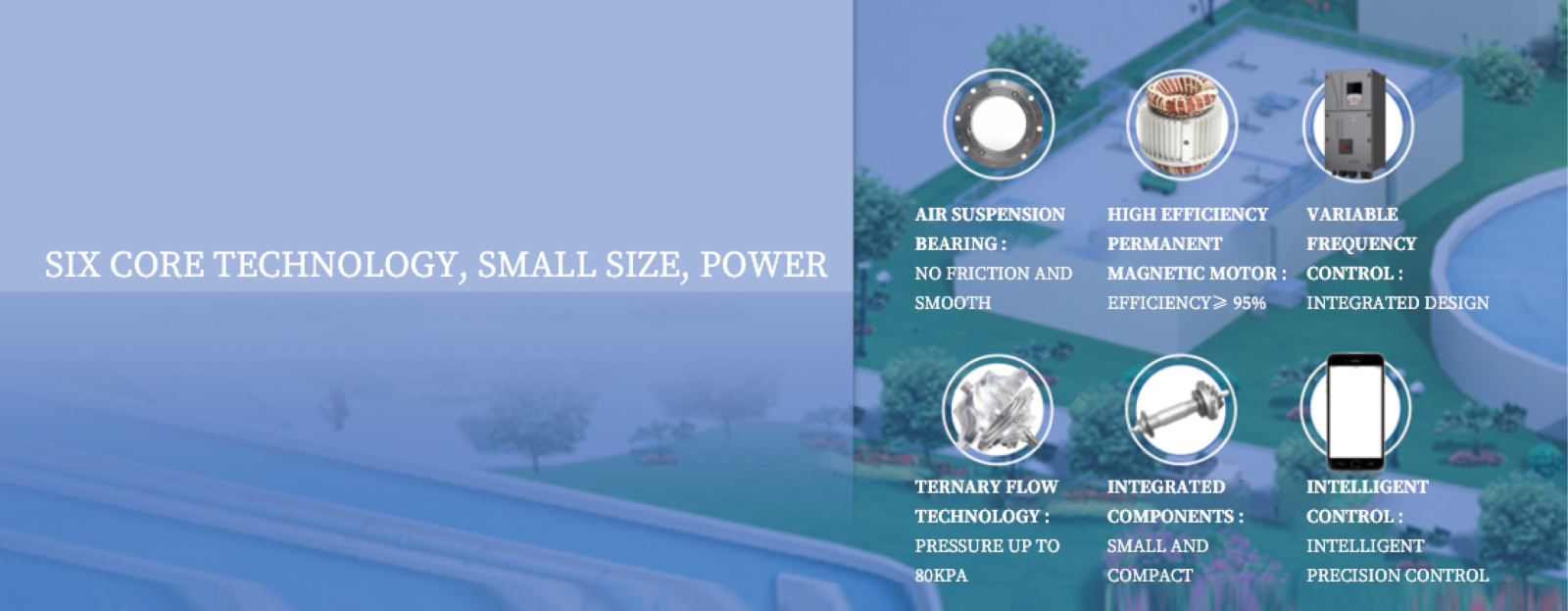
cooling blower for steel plant services FAQs Guide
Are you looking for a quick review guide about cooling blower for steel plantservices?
An ultimate FAQ buying guide is available to help you.This guide contains all the information about all the important facts, figures, and various processes regarding cooling blower for steel plant services.
Let’s continue!
2.How Does a Turbo Blower Affected by Changes in Ambient Temperature?
3.About cooling blower for steel plant production equipment
4.What is the Cost Comparison between a Turbo Blower and Other Types of Blowers?
5.About cooling blower for steel plant production management system
6.How Long is the Lifespan of a Turbo Blower?
7.Are Turbo Blowers More Suitable for Certain Applications?
8.What Maintenance is Required for a Turbo Blower?
9.How Does a Turbo Blower Handle Varying Inlet Conditions?
10.Are There Environmental Benefits to Using a Turbo Blower?
11.What are the different types of cooling blower for steel plant available in the market?
12.About cooling blower for steel plant MOQ
13.What Measures are in Place for Protecting Against Overloading a Turbo Blower?
14.How Does a Turbo Blower Compare to Traditional Centrifugal Blowers?
1.Is a Turbo Blower More Efficient at Higher or Lower Speeds?
We pay attention to the transformation of intellectual property protection and innovation achievements. Your OEM or ODM order design we have a complete confidentiality system.
A turbo blower is more efficient at higher speeds. This is because the higher the speed, the more air is being pushed through the blower, resulting in a higher volume of air being moved. This increased volume of air allows for more efficient operation and better performance. Additionally, at higher speeds, the blower is able to overcome any resistance or back pressure in the system more easily, resulting in a more efficient operation.
2.How Does a Turbo Blower Affected by Changes in Ambient Temperature?
We attach importance to the innovation ability and team spirit of employees, have advanced R & D facilities and laboratories, and have a good quality management system.
A turbo blower is a type of centrifugal blower that uses a high-speed impeller to generate air flow. The performance of a turbo blower can be affected by changes in ambient temperature in several ways:
1. Air Density: The density of air decreases as the temperature increases. This means that the same volume of air at a higher temperature will have a lower mass compared to the same volume of air at a lower temperature. As a result, the air entering the turbo blower will have a lower mass, which can affect the blower’s performance.
2. Air Viscosity: The viscosity of air also decreases with an increase in temperature. This means that the air will be less resistant to flow, resulting in a decrease in pressure and flow rate. This can affect the efficiency of the turbo blower, as it may require more power to achieve the desired flow rate.
3. Bearing Temperature: The bearings of a turbo blower can be affected by changes in ambient temperature. If the temperature is too high, it can cause the bearings to overheat, leading to premature wear and failure. On the other hand, if the temperature is too low, the bearings may not reach their optimal operating temperature, resulting in reduced efficiency and increased wear.
4. Motor Performance: The motor that drives the turbo blower can also be affected by changes in ambient temperature. If the temperature is too high, it can cause the motor to overheat, leading to reduced performance and potential damage. Similarly, if the temperature is too low, the motor may not reach its optimal operating temperature, resulting in reduced efficiency and increased wear.
To mitigate the effects of ambient temperature on a turbo blower, it is important to properly size and select the blower for the specific operating conditions. This may include using a larger blower or incorporating a cooling system to maintain optimal operating temperatures. Regular maintenance and monitoring of the blower’s performance can also help identify any issues caused by changes in ambient temperature and address them promptly.
3.About cooling blower for steel plant production equipment
RAETTS production equipments are including:Germany imported HERMLE five-axis processing center,AFMING five-axis processing center,Japan Mazak CNC machine tool,sheet metal production and processing center,JIR fine CNC processing center,LEADMA CNC processing center,DOOSAN CNC machine tool,test center,accembly center,motor production center,MAKE laser cutting machine,LFK bending machine,Sweden HEXAGON three coordinate inspection instrument and so on.
4.What is the Cost Comparison between a Turbo Blower and Other Types of Blowers?
We focus on providing high cooling blower for steel plant quality products and services.
The cost of a turbo blower can vary depending on the size, brand, and features. However, in general, turbo blowers tend to be more expensive than other types of blowers such as centrifugal blowers and positive displacement blowers.
Centrifugal blowers are typically the most affordable option, with prices ranging from $500 to $10,000. Positive displacement blowers are slightly more expensive, with prices ranging from $1,000 to $20,000.
On the other hand, turbo blowers can cost anywhere from $5,000 to $50,000, depending on the size and features. This makes them significantly more expensive than other types of blowers.
However, it is important to note that turbo blowers are more energy-efficient and have lower operating costs compared to other types of blowers. This means that while the initial cost may be higher, the long-term cost savings can make up for it.
Additionally, turbo blowers have a longer lifespan and require less maintenance, which can also contribute to cost savings in the long run.
Overall, the cost comparison between a turbo blower and other types of blowers will depend on the specific needs and requirements of the application. It is important to consider not just the initial cost, but also the long-term cost and efficiency when making a decision.
5.About cooling blower for steel plant production management system
RAETTS use 6S system to manage the production,we also have enviromental management system certificate ISO14001:2015 and occupational health and safety management ISO45001:2018
6.How Long is the Lifespan of a Turbo Blower?
Our cooling blower for steel plant products have competitive and differentiated advantages, and actively promote digital transformation and innovation.
The lifespan of a turbo blower can vary depending on several factors, including the quality of the blower, the operating conditions, and the maintenance and care it receives. On average, a well-maintained turbo blower can last anywhere from 10 to 20 years. However, with proper maintenance and care, some turbo blowers have been known to last up to 30 years or more. It is important to regularly inspect and service the blower to ensure it is functioning properly and to address any potential issues before they become major problems.
7.Are Turbo Blowers More Suitable for Certain Applications?
We have advanced production equipment and technology to meet the needs of customers, and can provide customers with high quality, low priced cooling blower for steel plant products.
Yes, turbo blowers are more suitable for certain applications compared to other types of blowers. Some of the applications where turbo blowers are commonly used include:
1. Wastewater Treatment: Turbo blowers are widely used in wastewater treatment plants for aeration and mixing processes. They are highly efficient and can handle varying airflows and pressures, making them ideal for this application.
2. Pneumatic Conveying: Turbo blowers are also commonly used in pneumatic conveying systems for transporting materials such as powders, pellets, and granules. They provide a steady and consistent airflow, making them suitable for this application.
3. Industrial Processes: Turbo blowers are used in various industrial processes such as cooling, drying, and ventilation. They are preferred for these applications due to their high efficiency, compact size, and low noise levels.
4. Aquaculture: Turbo blowers are used in aquaculture systems for providing aeration and maintaining oxygen levels in the water. They are also used for mixing and circulation in fish tanks and ponds.
5. Biogas Production: Turbo blowers are used in biogas production plants for providing the necessary air for the digestion process. They are also used for mixing and agitation in the biogas tanks.
Overall, turbo blowers are suitable for applications that require high efficiency, variable airflows and pressures, and low noise levels. They are also preferred for applications where space is limited, as they have a compact design.
8.What Maintenance is Required for a Turbo Blower?
We continue to invest in research and development and continue to launch innovative products.
1. Regular Cleaning: The most important maintenance task for a turbo blower is regular cleaning. This includes removing any debris or buildup from the blower blades, housing, and inlet and outlet ports. This can be done using compressed air or a soft brush.
2. Lubrication: The bearings and gears of a turbo blower require regular lubrication to ensure smooth operation and prevent wear and tear. It is important to follow the manufacturer’s recommendations for the type and frequency of lubrication.
3. Inspection of Belts and Couplings: The belts and couplings of a turbo blower should be inspected regularly for wear and tear. Any signs of damage or wear should be addressed immediately to prevent further damage to the blower.
4. Check for Air Leaks: Air leaks can significantly reduce the efficiency of a turbo blower. Regularly check for any leaks in the blower system and repair them promptly.
5. Monitor Vibration Levels: Excessive vibration can indicate a problem with the blower, such as misalignment or worn bearings. Regularly monitor vibration levels and address any issues promptly to prevent further damage.
6. Check for Overheating: Overheating can damage the components of a turbo blower. Regularly check the temperature of the blower and address any overheating issues immediately.
7. Replace Worn Parts: Over time, the blades, bearings, and other components of a turbo blower may wear out and need to be replaced. It is important to regularly inspect these parts and replace them as needed to maintain the blower’s efficiency.
8. Follow Manufacturer’s Maintenance Schedule: It is important to follow the manufacturer’s recommended maintenance schedule for your specific turbo blower model. This will ensure that all necessary maintenance tasks are performed at the appropriate intervals.
9. Keep a Maintenance Log: Keeping a detailed maintenance log can help track the performance of the turbo blower and identify any recurring issues. This can also help with scheduling and planning for future maintenance tasks.
10. Consult a Professional: If you are unsure about any maintenance tasks or notice any unusual issues with your turbo blower, it is best to consult a professional for assistance. They can provide expert advice and ensure that the blower is properly maintained.
9.How Does a Turbo Blower Handle Varying Inlet Conditions?
We maintain a certain amount of R&D investment every year and continuously improve operational efficiency to provide better services to our cooperative customers.
A turbo blower is designed to handle varying inlet conditions by adjusting its speed and flow rate to maintain a constant pressure at the outlet. This is achieved through the use of a variable frequency drive (VFD) which controls the speed of the blower motor.
When the inlet conditions change, such as an increase or decrease in air flow or pressure, the VFD will adjust the speed of the blower to maintain a constant pressure at the outlet. This is done by monitoring the pressure at the outlet and adjusting the speed of the blower accordingly.
In addition, turbo blowers are equipped with inlet guide vanes (IGVs) which can be adjusted to control the amount of air entering the blower. This allows the blower to handle varying inlet conditions without overloading the motor or causing damage to the blower.
Furthermore, some turbo blowers are equipped with advanced control systems that can automatically adjust the speed and flow rate based on the inlet conditions, ensuring optimal performance and energy efficiency.
Overall, a turbo blower is able to handle varying inlet conditions by continuously adjusting its speed and flow rate to maintain a constant pressure at the outlet, while also utilizing inlet guide vanes and advanced control systems for optimal performance.
10.Are There Environmental Benefits to Using a Turbo Blower?
Our mission is to provide customers with the best solutions for cooling blower for steel plant.
Yes, there are several environmental benefits to using a turbo blower:
1. Energy Efficiency: Turbo blowers are more energy efficient compared to traditional blowers, which means they consume less energy to produce the same amount of air flow. This results in lower energy consumption and reduced carbon emissions.
2. Reduced Noise Pollution: Turbo blowers are designed to operate at lower noise levels compared to traditional blowers. This helps to reduce noise pollution in the surrounding environment, making them ideal for use in residential areas or noise-sensitive locations.
3. Lower Maintenance Requirements: Turbo blowers have fewer moving parts compared to traditional blowers, which means they require less maintenance and have a longer lifespan. This reduces the need for frequent replacements and disposal of old equipment, resulting in less waste and environmental impact.
4. Reduced Carbon Footprint: As turbo blowers are more energy efficient, they help to reduce the carbon footprint of the facility where they are used. This is beneficial for the environment as it helps to mitigate the effects of climate change.
5. Improved Air Quality: Turbo blowers are designed to provide a consistent and clean air flow, which helps to improve the air quality in the surrounding environment. This is especially important in industrial settings where air pollution can be a major concern.
6. Reduced Water Usage: Some turbo blowers are designed to use water as a lubricant, which reduces the need for oil or other lubricants. This helps to conserve water resources and reduce the risk of water pollution.
Overall, using a turbo blower can have a positive impact on the environment by reducing energy consumption, noise pollution, carbon emissions, and water usage, while also improving air quality and reducing maintenance requirements.
11.What are the different types of cooling blower for steel plant available in the market?
For the industrial air blower,normally it is including side channel blower(also called ring blower),roots blower(also called lobe blower),single-stage centrifugal blower,multi-stage centrifugal blower,air foil bearing blowers and maglev turbo blowers.
12.About cooling blower for steel plant MOQ
Normally our MOQ for air blower is 1 set
13.What Measures are in Place for Protecting Against Overloading a Turbo Blower?
We continue to improve cooling blower for steel plant products and processes to improve efficiency.
1. Design and Engineering: Turbo blowers are designed and engineered to withstand a certain amount of load and stress. The design includes factors such as material strength, bearing capacity, and rotor dynamics to ensure that the blower can handle the expected load without failure.
2. Load Monitoring: Most turbo blowers are equipped with load monitoring systems that continuously measure the load on the blower. This allows operators to keep track of the load and make adjustments if necessary to prevent overloading.
3. Safety Margins: Turbo blowers are designed with safety margins to account for unexpected increases in load. These safety margins provide a buffer to prevent overloading and protect the blower from damage.
4. Control Systems: Advanced control systems are used to regulate the speed and flow of the blower. These systems can adjust the blower’s output to match the required load, preventing overloading.
5. Vibration Monitoring: Vibration monitoring systems are used to detect any abnormal vibrations in the blower. Excessive vibrations can be an indication of overloading, and the system can automatically shut down the blower to prevent damage.
6. Temperature Monitoring: Turbo blowers generate a lot of heat, and excessive heat can be a sign of overloading. Temperature monitoring systems can detect any abnormal increases in temperature and shut down the blower to prevent damage.
7. Regular Maintenance: Regular maintenance and inspections are crucial for identifying any potential issues that could lead to overloading. This includes checking for wear and tear, lubrication levels, and any other signs of damage.
8. Training and Education: Proper training and education of operators is essential for preventing overloading. Operators should be familiar with the blower’s capabilities and know how to operate it within its limits to avoid overloading.
14.How Does a Turbo Blower Compare to Traditional Centrifugal Blowers?
We pay attention to the introduction and training of talents, scientifically regulate the management system, and focus on cultural construction and team cohesion.
A turbo blower is a type of centrifugal blower that uses a high-speed impeller to generate air flow. It differs from traditional centrifugal blowers in several ways:
1. Design: Turbo blowers have a more compact and streamlined design compared to traditional centrifugal blowers. This is because they use a single-stage impeller, which eliminates the need for multiple stages and reduces the overall size of the blower.
2. Speed: Turbo blowers operate at much higher speeds than traditional centrifugal blowers. While traditional blowers typically operate at speeds of 3,600 RPM or lower, turbo blowers can reach speeds of up to 30,000 RPM. This allows them to generate higher air flow rates and pressures.
3. Efficiency: Due to their high speeds, turbo blowers are more efficient than traditional centrifugal blowers. They require less energy to operate and can achieve higher air flow rates with the same power input.
4. Maintenance: Turbo blowers have fewer moving parts compared to traditional centrifugal blowers, which means they require less maintenance and have a longer lifespan.
5. Noise: Turbo blowers are generally quieter than traditional centrifugal blowers due to their streamlined design and high-speed operation.
6. Control: Turbo blowers offer more precise control over air flow and pressure compared to traditional centrifugal blowers. This is because they can adjust their speed and impeller angle to meet specific process requirements.
Overall, turbo blowers offer several advantages over traditional centrifugal blowers, including higher efficiency, lower maintenance, and more precise control. However, they may also come at a higher initial cost. The choice between the two types of blowers will depend on the specific needs and requirements of the application.
Tag:Turbo blower in wastewater treatment,turbo power blower,Turbo Blower in Water Treatment,TURBO BLOWER AND COMPRESSOR,magnetic levitation blower,air blower for Textile industry,Sewage Treatment Plant Blower

